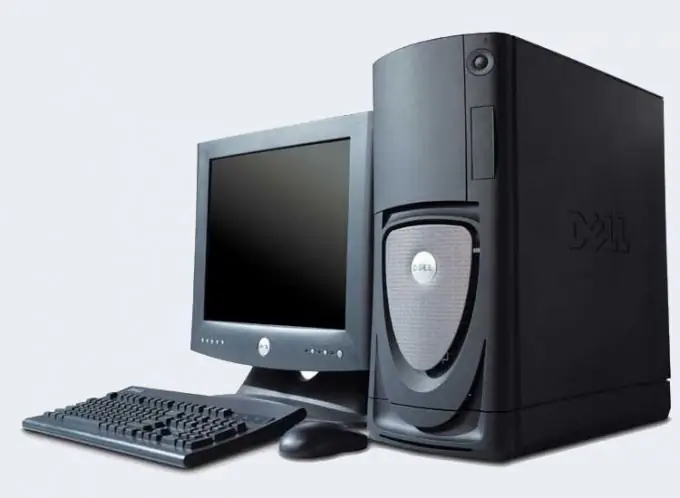The software port is a conditional number from 1 to 65535, which indicates which application the data packet is addressed to. The port that works with the program is called open. It should be borne in mind that at the moment any port can only work with one program.

Instructions
Step 1
There are several ways to get a list of open ports and their associated applications. If you want to use Windows tools, invoke the command prompt with the Win + R keyboard shortcut and enter the cmd command. In the console window that opens, type netstat -a -n -o
Step 2
The program will display a list of active connections. The column "Local address" indicates the network address of your computer and, separated by a colon, the port number that is occupied by some application. The column "External address" displays the IP of the remote computer and the port number with which this application communicates. The PID column contains the process identification number. Find the port you are interested in and write down the associated PID.
Step 3
Apply the keyboard shortcut Ctrl + Alt + Delete and in the "Windows Security" window that opens, click "Task Manager". This service can be started differently: open a command window with the Win + R combination and enter the taskmgr command. In the View menu, check the Select Columns option and check the box next to Process ID (PID). Find in the PID column the number of the process you are interested in, and in the Image Name column - the name of the program that uses the corresponding port.
Step 4
You can find out the active ports and their associated applications using software port scanners such as TCPView. It is distributed free of charge. Download the utility from the developer's site and unpack the archive. After starting, in the Process column, the program will display the names of all active processes, in the Local Port and Remote Port columns - the numbers of the ports between which packets are exchanged, i.e. on your and on the remote computer.
Step 5
By default, the information is updated every second, but you can change this setting by choosing Update Speed from the View menu. New connections are highlighted in green, deleted ones in red. The change in the state of the point is marked in yellow. To close a connection, right-click on it and select Close Connections from the drop-down menu.






